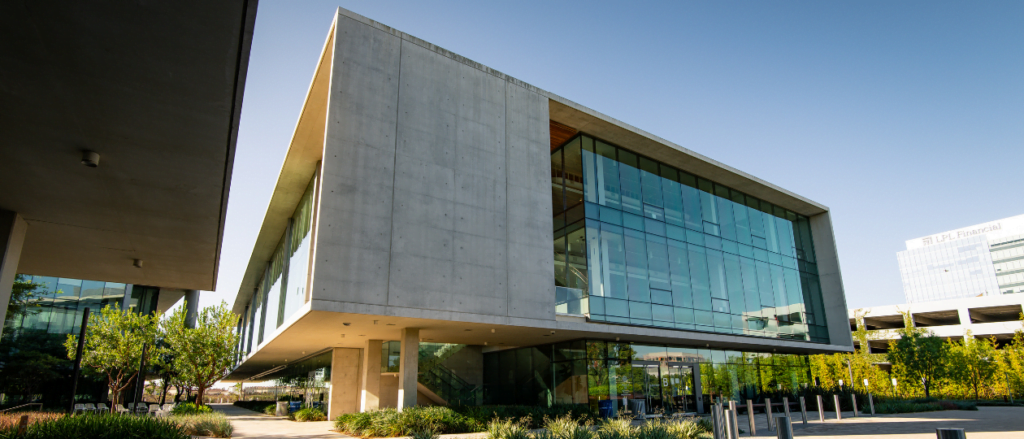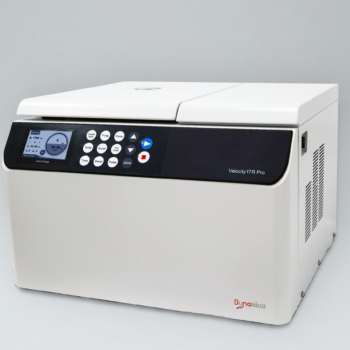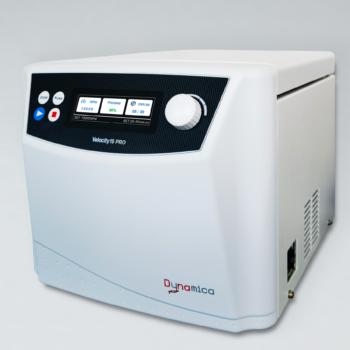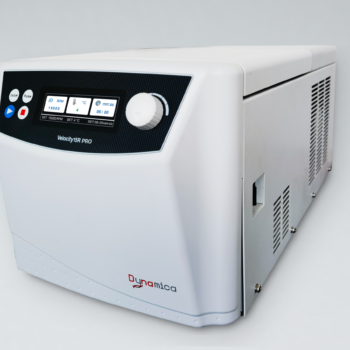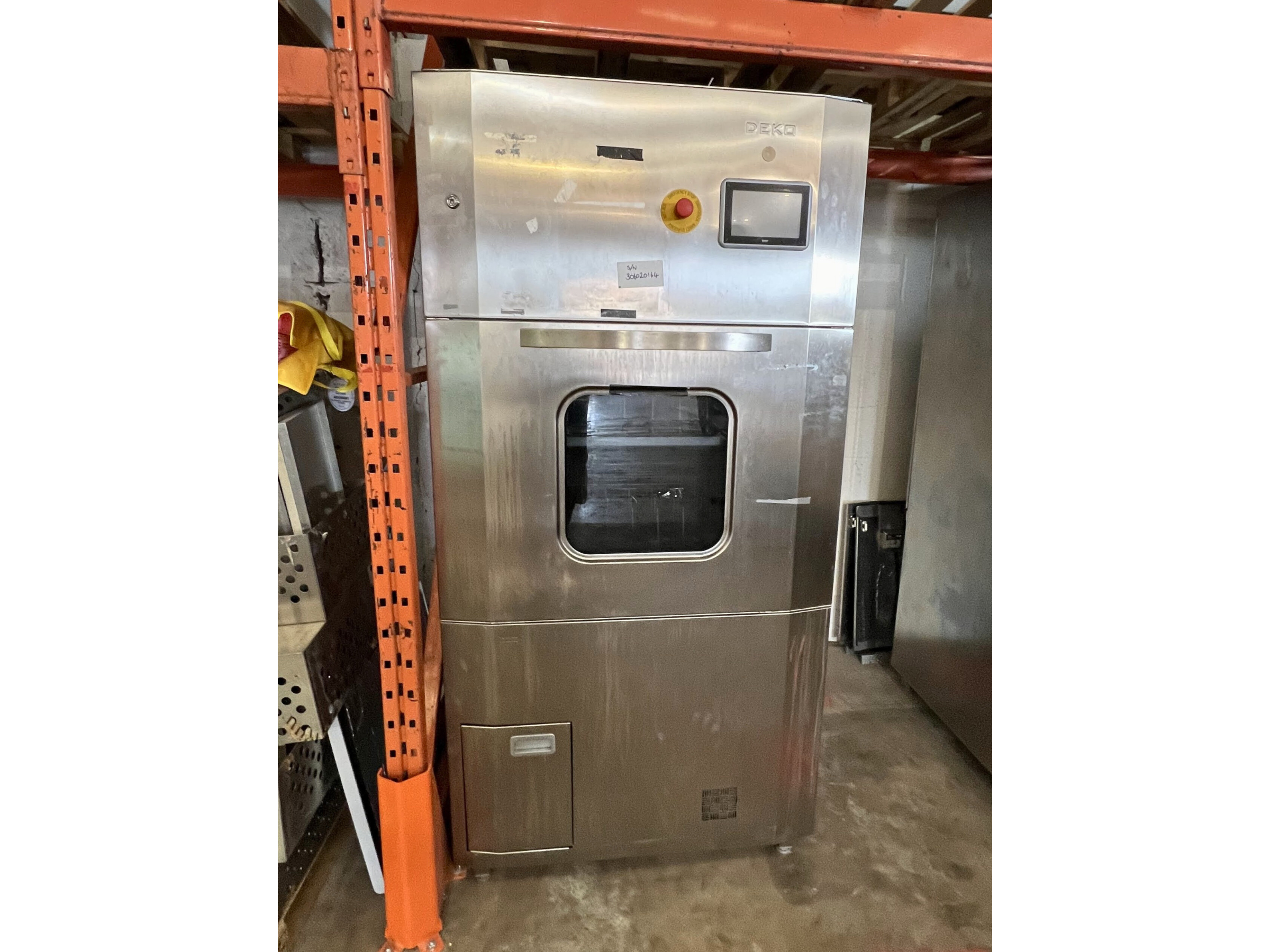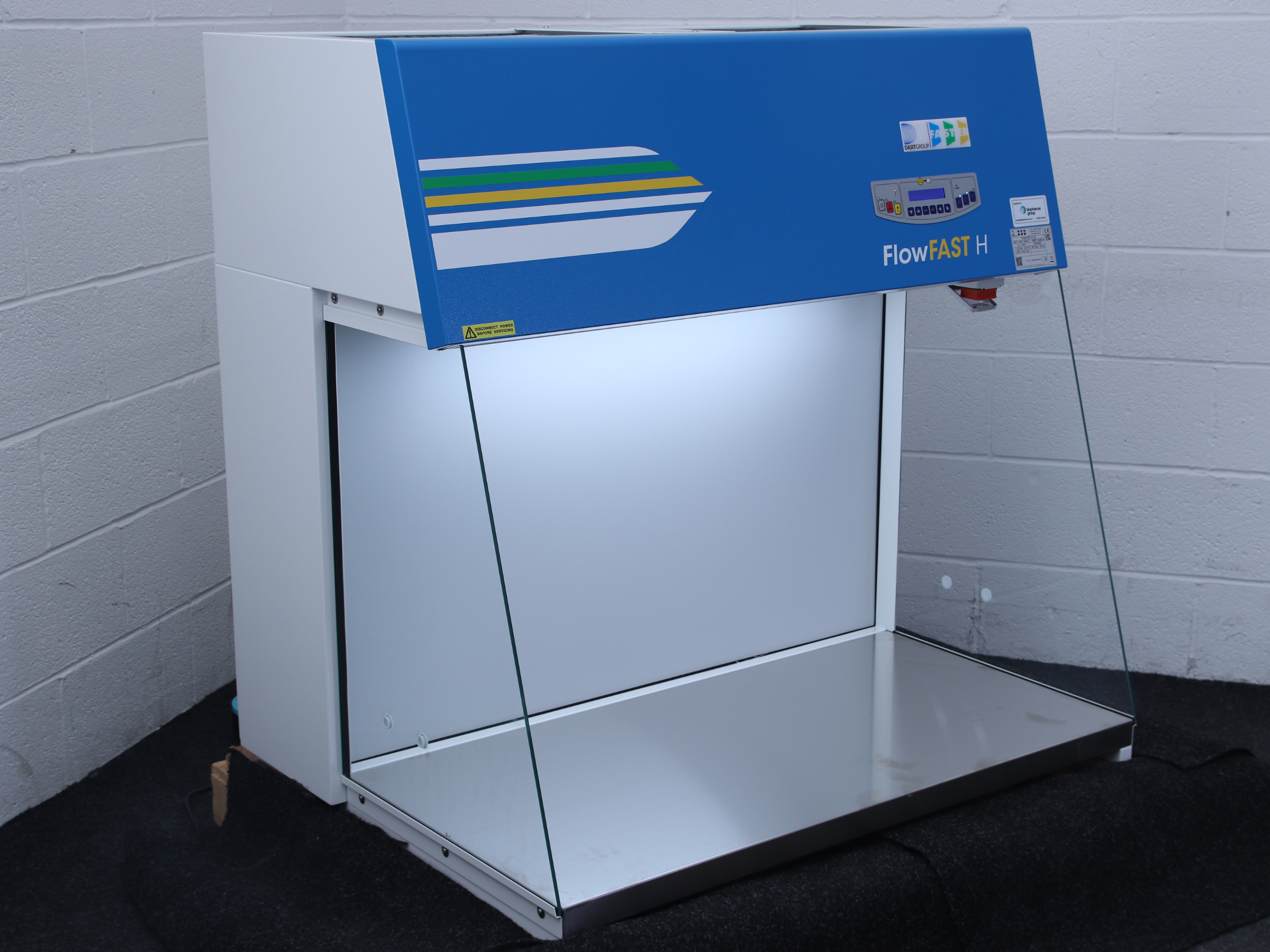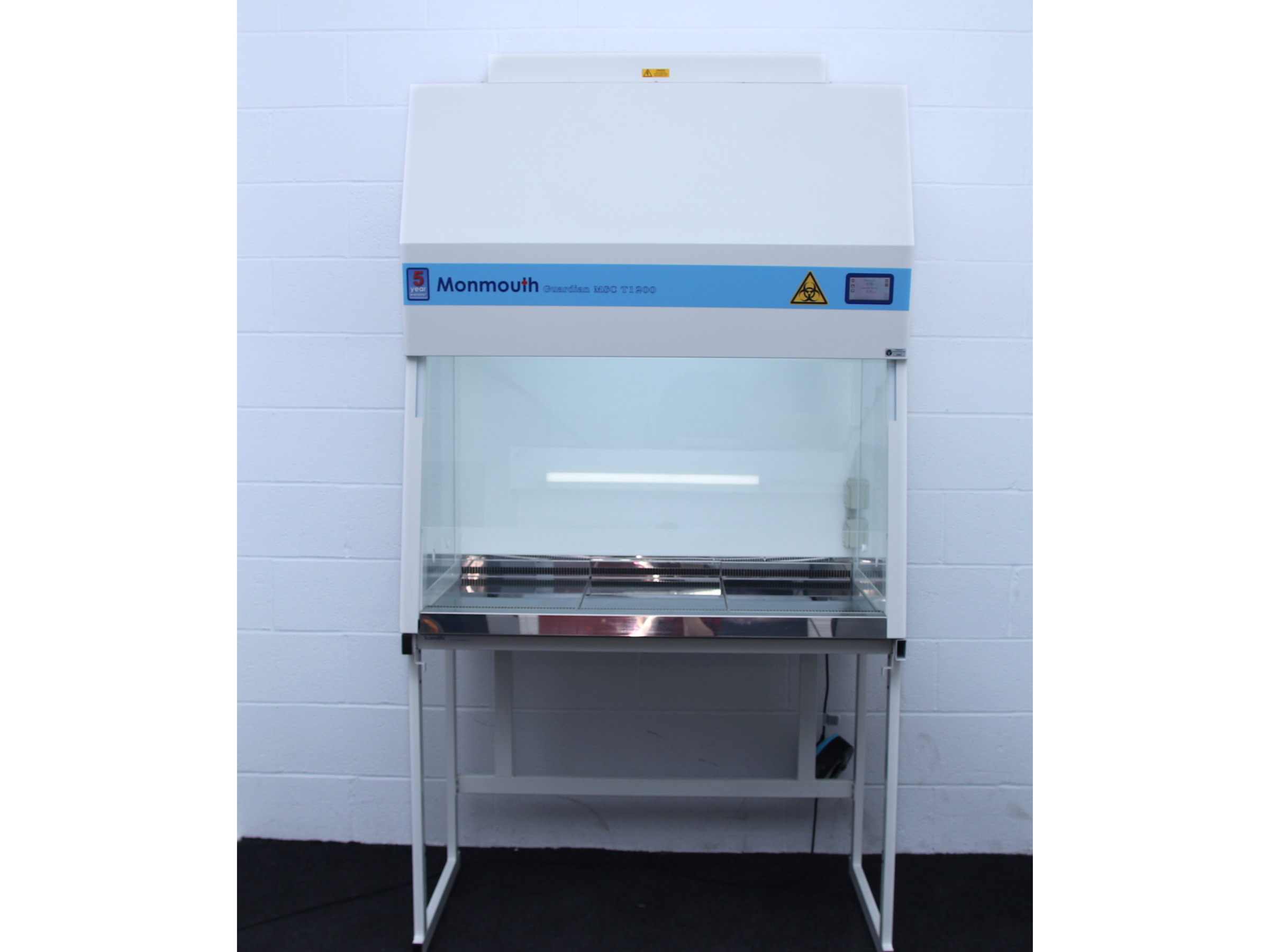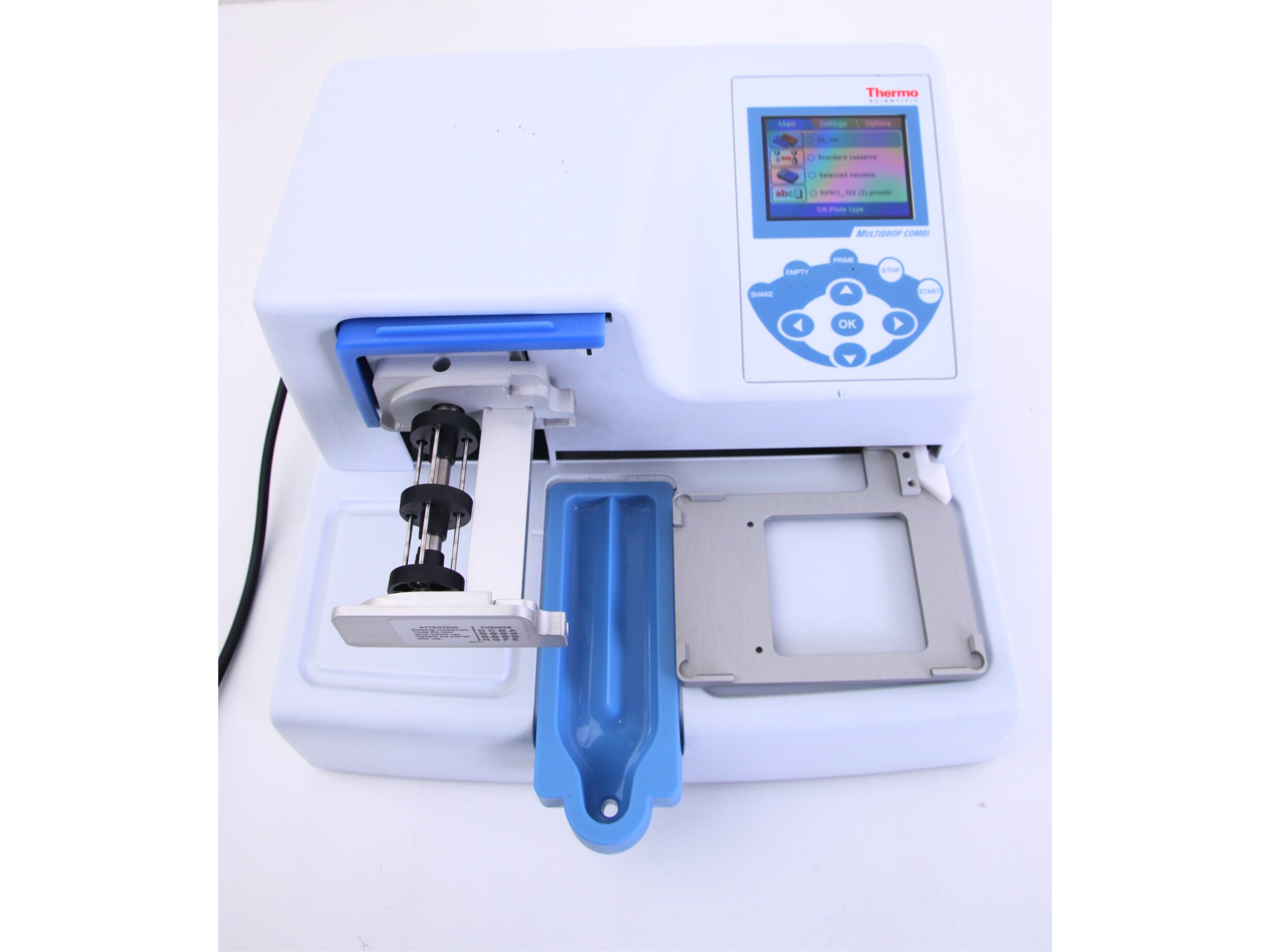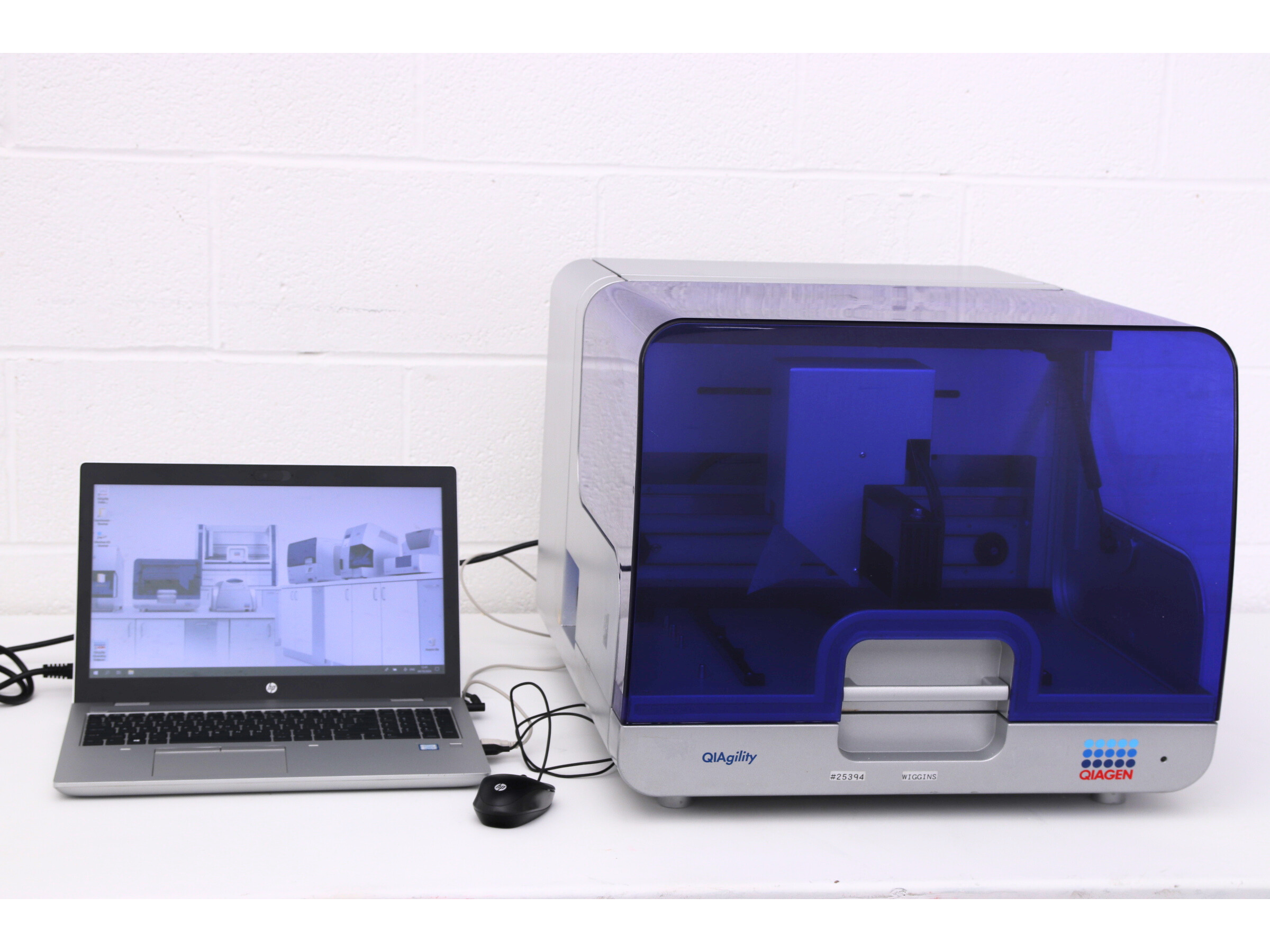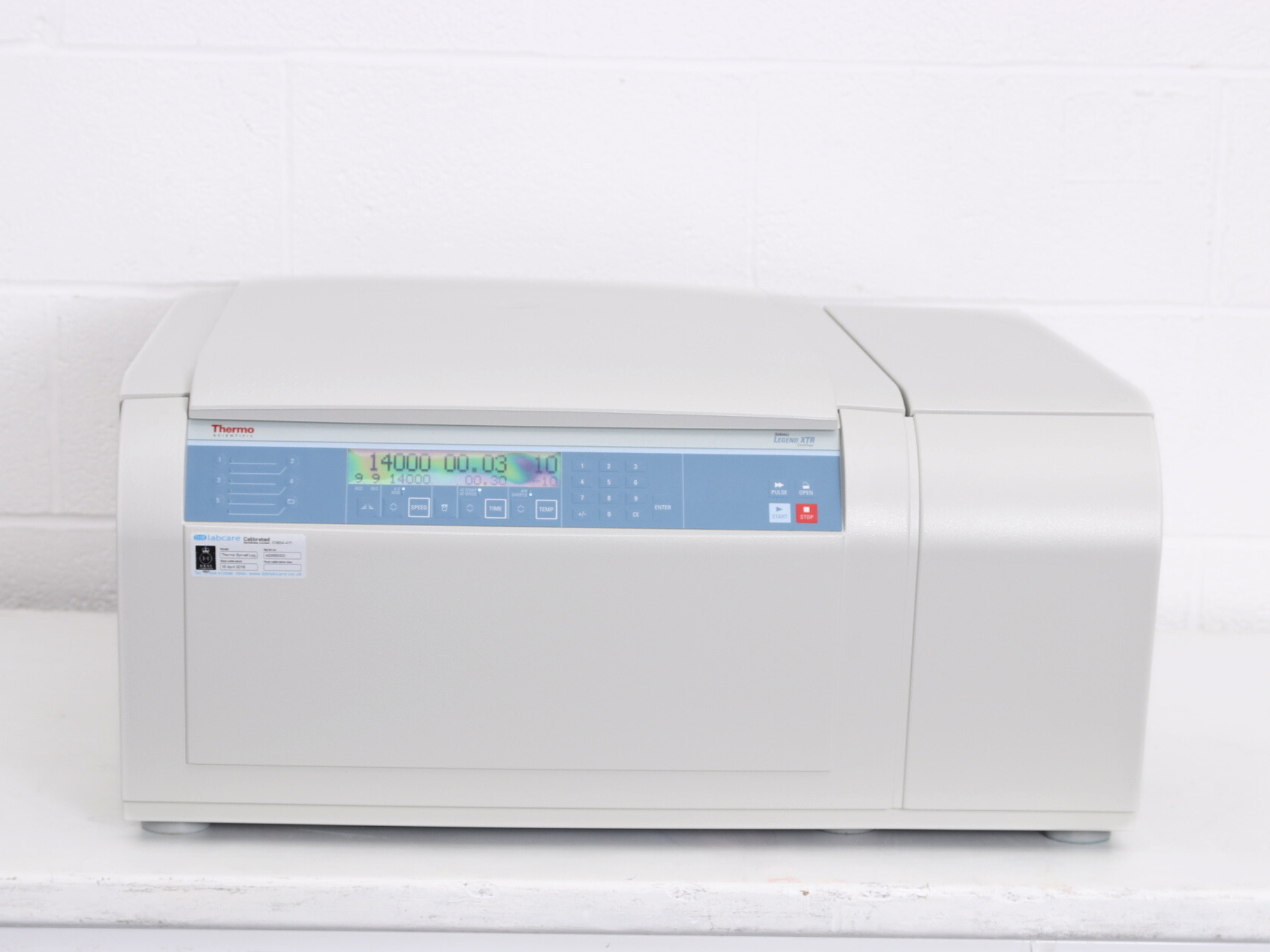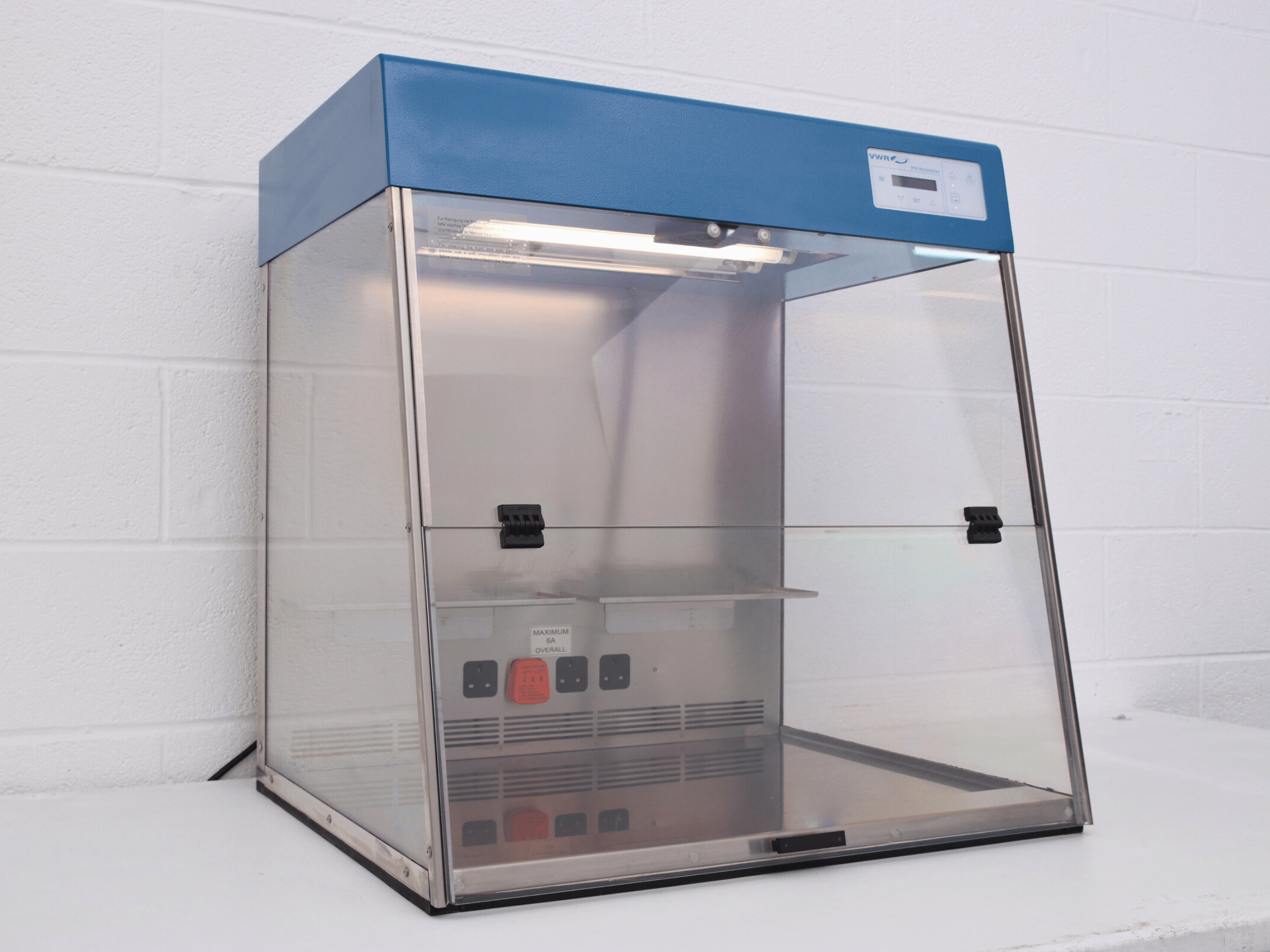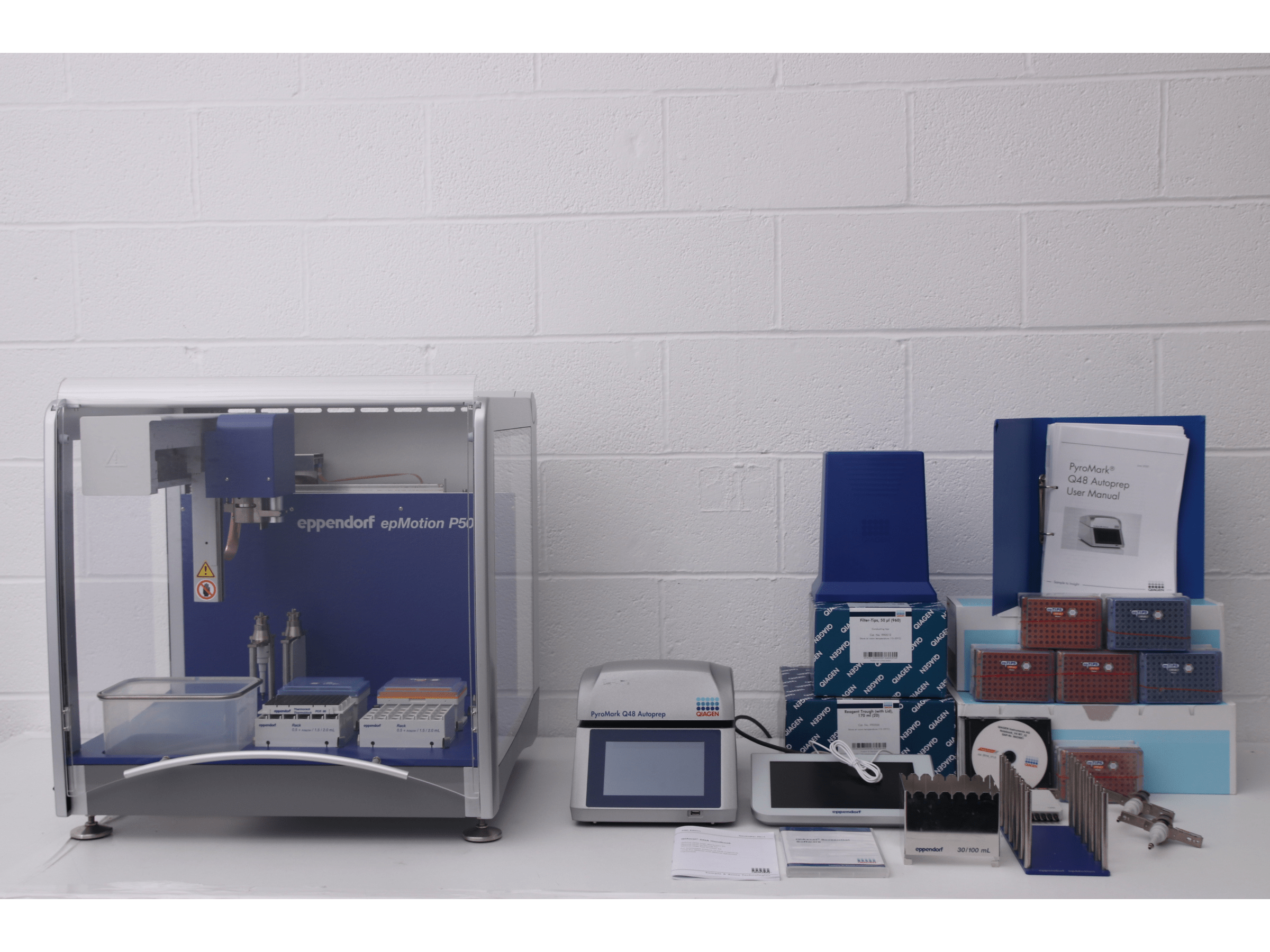Laboratories are vital hubs of scientific innovation, but they are also known for their significant energy consumption. As a lab manager, you play a crucial role in optimising your laboratory’s energy efficiency while maintaining high research standards. By implementing energy-saving strategies, you can reduce operational costs, minimise environmental impact, and contribute to a sustainable future.
1. Conduct an Energy Audit
Start by assessing your laboratory’s current energy usage. An energy audit helps identify areas of improvement. Work with energy professionals or utility companies to evaluate equipment efficiency, insulation, lighting, and HVAC systems.
2. Choose Energy-Efficient Equipment
When purchasing new laboratory equipment or upgrading existing ones, prioritize energy-efficient models. Look for ENERGY STAR or similar certifications to ensure the equipment meets stringent efficiency standards.
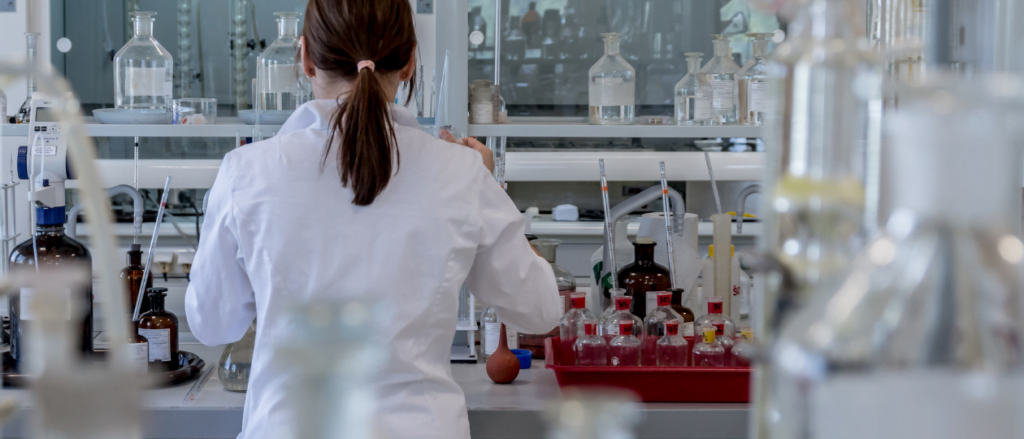
3. Proper Maintenance
Regular maintenance of lab equipment is essential for energy efficiency. Schedule routine inspections, cleaning, and servicing to keep instruments operating at peak performance. Well-maintained equipment consumes less energy.
4. Utilise Equipment Timers and Smart Controls
Equip your lab with timers and smart controls to automate equipment shutdown during non-operational hours. This prevents unnecessary energy consumption and extends the lifespan of equipment.
5. Monitor Temperature and Ventilation
Heating, ventilation, and air conditioning (HVAC) systems can be major energy consumers. Optimize temperature settings and ventilation rates to minimize energy waste without compromising safety or comfort.
6. Educate Laboratory Staff
Raise awareness among lab personnel about the importance of energy conservation. Encourage them to turn off lights, equipment, and fume hoods when not in use. Provide training on proper equipment operation and maintenance.

7. Implement Energy-Efficient Lab Design
During renovations or when designing new laboratory spaces, prioritize energy-efficient design principles. Consider factors such as layout, insulation, and airflow to minimize energy loss.
8. Establish an Energy Management Plan
Create a comprehensive energy management plan for your laboratory. Set clear energy-saving goals, track progress, and regularly review and update your strategies for improvement.
9. Consider Off-Peak Energy Usage
Explore the possibility of conducting energy-intensive experiments during off-peak hours when electricity rates are lower. This can lead to substantial cost savings.
10. Stay Informed About Regulations
Keep abreast of local, state, and federal regulations related to energy efficiency. Compliance with these standards not only demonstrates your commitment to sustainability but also ensures a more energy-efficient operation.
As a lab manager, you hold the keys to a more energy-efficient and sustainable laboratory. By implementing these energy-saving tips and fostering a culture of conservation among your lab personnel, you can reduce operating costs, lower your environmental footprint, and make a significant contribution to the scientific community’s commitment to sustainability.
Remember that energy efficiency is an ongoing effort, and small changes can lead to significant improvements over time. By taking proactive steps today, you can help shape a greener and more sustainable future for your laboratory and the scientific community as a whole.
